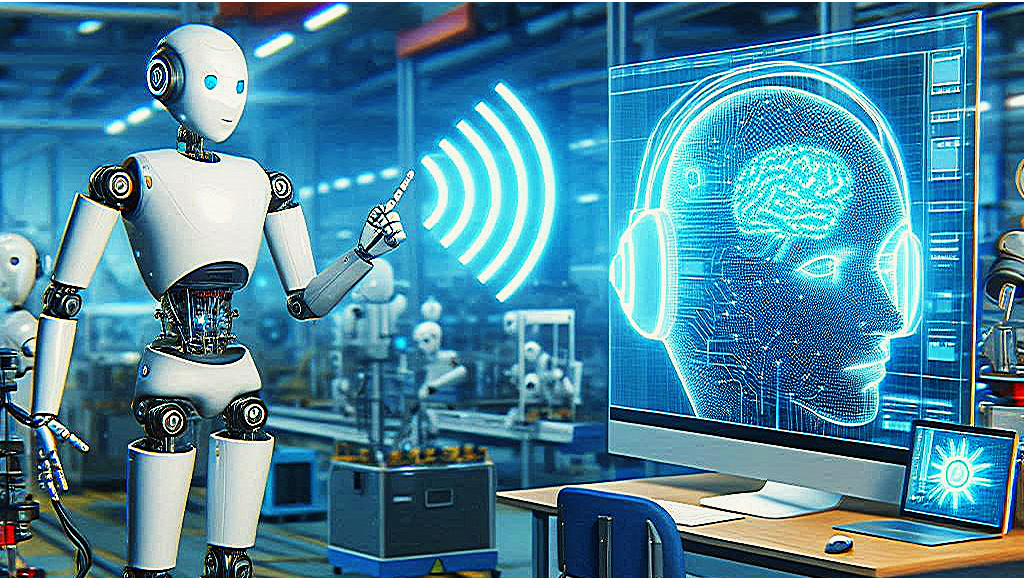By Ayesha Iqbal, IEEE senior member and engineering trainer at the Advanced Manufacturing Training Centre
Telecommunications has evolved considerably over the last few years. The five generations of cellular standards have provided consumers and businesses with greater network speed, capacity and capabilities with each evolution. For example, it was only in the early 2000s when mobile phones with cameras were introduced and, within a decade, smartphones quickly became the primary means for capturing and sharing photos and videos en masse. The sixth generation (6G) network is still in development, but once deployed it could provide ultra-low latency and ubiquitous coverage – the possibilities are endless.
A brief history of telecommunications – 1G to 6G
In the earliest stages of 1G and 2G, users could only call and text over mobile phones. However, by the third and fourth generations, mobiles were able to support multimedia applications and the internet. Fast forward to 2020, 5G could provide high speeds of up to 20 Gbps, as well as support Internet of Things (IoT) and other smart applications. However, 5G may not be able to support all services. For example, virtual reality (VR) and high-quality 3D video require data rates of the order of terabits per second (TBps).
With the rapid growth of data-centric and automated systems, 5G may reach its limits around 2030, and a sixth generation wireless system will need to be developed that can provide lower latency, greater speeds of the order of TBps, higher throughput, and massive connectivity. Following on from the trends of previous generations, 6G systems should be able to support a wider range of services and new technologies, such as autonomous vehicles (AVs), tactile internet, holography, and digital sensing, enabling a better connected world.
Understanding the benefits of 6G
6G could potentially offer a peak data rate of 1 TBps and latency as low as 100 microseconds. This will open new technological possibilities for ubiquitous, sensory and immersive digital experiences. When deployed at scale, 6G applications could transform the way people live and interact on a daily basis. By empowering applications such as advanced extended reality (XR) and holographic communication, 6G will enable entirely new ways of working, reducing the need to travel for work, education or healthcare appointments, significantly reducing greenhouse gas emissions.
6G also promises low-latency and high-speed connectivity which could empower the real-time teleoperation of robots and other remote-controlled devices, enabling more precise control and smoother navigation. Industrial robots could also become more intelligent with the emergence of artificial intelligence (AI) and 6G, which together can process far larger amounts of data. In fact, the high-density communication capabilities of 6G could enable operators to manage entire fleets of robots and sensors together at the same time.
For example, scientists have built the world’s first 6G antenna, which, when fitted into devices, can transmit data at high speeds. This prototype is the first to work with a 6G signal in the 60 GHz millimeter-wave (mmWave) band reserved for industrial, scientific and medical applications. The new antenna could support large-scale 60GHz indoor IoT networks that require high transmission rates and massive data throughput.
Other applications – AI-powered robots and ‘smarter’ cities
With the help of AI and machine learning (ML) and the expansion of autonomous systems, robots will become more engrained in societies and industries, including both consumer robots and complex industrial robots. AI algorithms installed in collaborative robots will allow for flexible and agile manufacturing workflows that can instantly adjust to shifting market conditions and customer demands. Combining these technologies with the connectivity potential of 6G will achieve intelligent manufacturing and boost production efficiency.
6G will revolutionise the world of healthcare with the help of holographic communication, haptic technology, AI, augmented reality, and virtual reality. These supporting technologies are used for remote patient monitoring, as well as real-time telecommunications consultations. Moreover, the ultra-low latency and high reliability of 6G will enable life-saving applications, such as surgery performed by robotic systems, guided by expert AI algorithms either remotely or by downloading the AI as needed.
Another potential application is smart cities. Smart cities require wide-area spectrum offering good capacity. 6G networks will combine ICT and an ultra-massive number of smart-physical devices to optimise daily life processes, such as home security, waste management, transportation systems, and traffic monitoring. The integration of 6G-empowered autonomous robots into the urban landscape can provide smarter, more sustainable, and effective solutions in many areas, such as last-mile goods delivery, garbage collection, window cleaning, utility pipes inspection and repair, mobility, or police and security tasks.
Interestingly, Cranfield University is currently undertaking a research project, where it is building AI technology that will be paired with 6G to accelerate smart city connectivity. It will be designing proofs-of-concept for 6G wireless communications technologies that make near-instant interconnections possible between people and digital computing devices at all scales.
By combining technologies, such as AI, augmented and virtual reality, mobile edge computing, massive MIMO, and quantum communications, together with 6G’s high connection density, ultra-high reliability communications, and large data rates, smart environments can be realised. This will allow technologies and services, such as autonomous cars and drones to operate in a smart city.
Rising to future challenges
The final specifications for 6G are expected in 2028, with commercial rollout likely to follow in the early 2030s. Just like any other new technology, it will have its challenges and potential barriers that will need to be overcome. For example, THz communications suffer from severe propagation loss and constrained communication over long distances. Minimising the energy consumption and carbon emissions is another major task; however this is already being explored by researchers.
Looking towards the future, it will require a collective effort from industry leaders, regulatory authorities, as well as researchers and academics to overcome these barriers and truly test the capabilities of 6G. Together, the telecommunications sector will be able to turn this burgeoning technology into reality, and hopefully solve some of humanity’s biggest challenges.
Image courtesy of Microsoft Copilot








